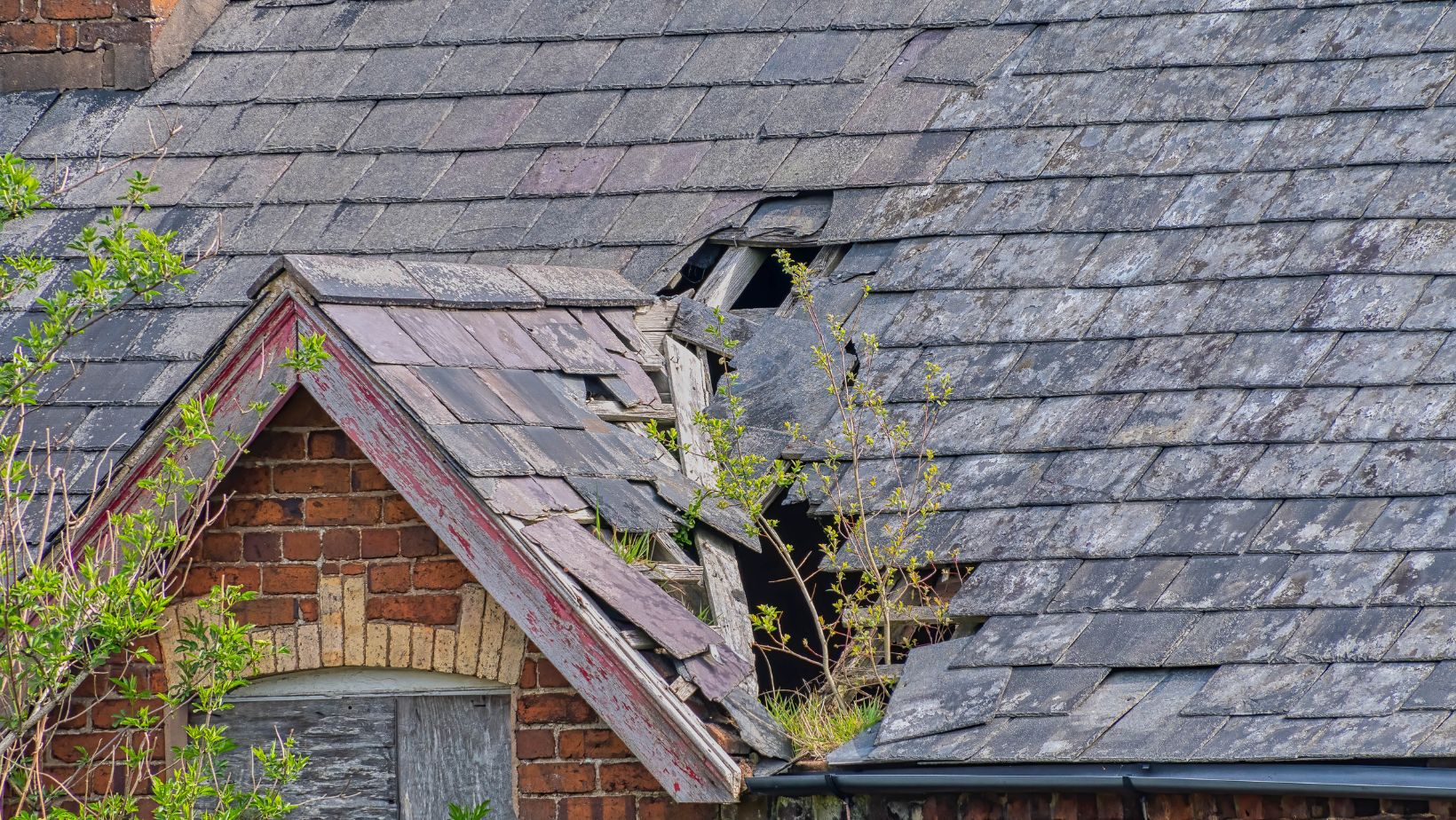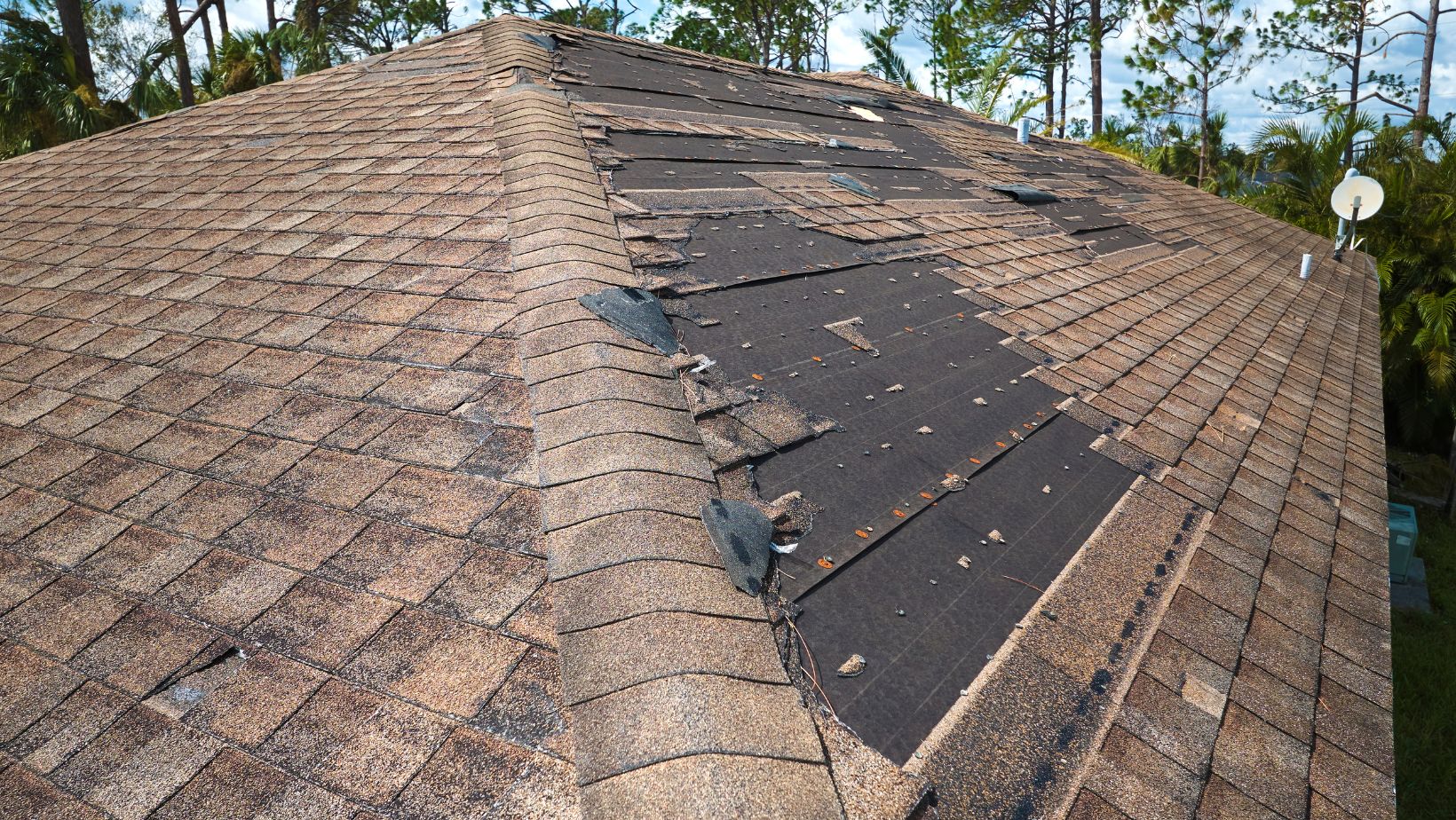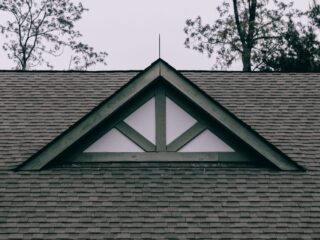
A perfectly maintained roofing system can serve you for decades while unwaveringly protecting your family members and properties from the elements. Besides maintaining your home’s structural integrity, it can keep it dry under the worst conditions. However, for it to provide the needed protection, you must look out for the common signs of roof damage.
If left unchecked, a simple thing like a leak can easily develop into a huge issue. Luckily, these warning signs are easily visible, and you can fix them without too much fuss. Here are the most common signs your home has a damaged roof.
Shingle Damage
Shingles are your home’s first defense against rainwater, snow, and direct sunlight. Unfortunately, shingles can’t last forever; you may need to replace your roofing system. At times, the issue can develop slowly, but other times, the damage can be caused by hail storms.
The first warning sign of a damaged shingle is an accumulation of black sand-like materials (shingle granules) in the gutter. The black sand-like materials found on top of shingles play a huge role in their durability. Accumulating these granules on the gutter runoff can indicate the roof’s lifespan is about to end.

Severe weather can pose a huge risk to an older shingle roof. For instance, high wind can force tree branches to fall, damaging your roof or pulling off some shingles. Regardless of the issue, you should replace the missing and damaged shingles before the leaks cause more damage. If a storm damaged it, then you qualify for an insurance claim. You should take photos and save the repair receipts before contacting your insurance provider.
Attic Leaks
Any form of leakage in your roof is a clear sign that it’s not functioning properly. It can cause structural failure in your gutters or roof. Poor ventilation can also trigger leaks resulting in warm air getting into the attic. The excess trapped moisture can play a huge role in the growth of mildew and mold.
Loose Step Flashing
Generally, step flashings create a waterproof barrier between vertical surfaces like skylights or chimneys and your shingles. When loosened, the flashing can create a channel that lets water flow along the sidings, resulting in mold and mildew growth. In the worst-case scenario, it can also cause leaks to develop and sidings to fail.
Unfortunately, this kind of damage cannot be seen from the ground. You have a high likelihood of noting this issue when cleaning the gutter. To be on the safe side, it’s always a good idea to inspect your roof regularly.
Mold Growth Where Your Exterior Wall Meets the Roof
The growth of mold in this region indicates an issue with the gutters. It can be a simple thing like a clogged downspout or a loose flashing. A clogged downspout can force your gutter to back up, resulting in mold growth. When you notice this issue, you should resist the idea of spot cleaning. Instead, you should call a roofing firm and have them figure out the cause before dealing with the mold growth.
Water Stains
Any form of roof discoloration after a huge storm can be a sign of roof issues.

Generally, roofs prevent water from getting into your home, and staining lets homeowners know that moisture is being trapped between the roof’s sheathing and shingles. Even without any leaks, it’s crucial that you get it examined before mold starts to develop and cause structural damage.
Endnote
Roofs are quite durable and can last longer when well-maintained, but sometimes, the weather can conspire against you, resulting in severe roof damages that must be addressed. A simple problem like shingle damage can easily be solved. Before the situation worsens, you should inspect your roof regularly and take care of any form of damage that can result in mold growth. Extreme weather conditions and neglected maintenance can result in roof replacement. So, you should schedule an inspection to ensure the roof is in great condition.





